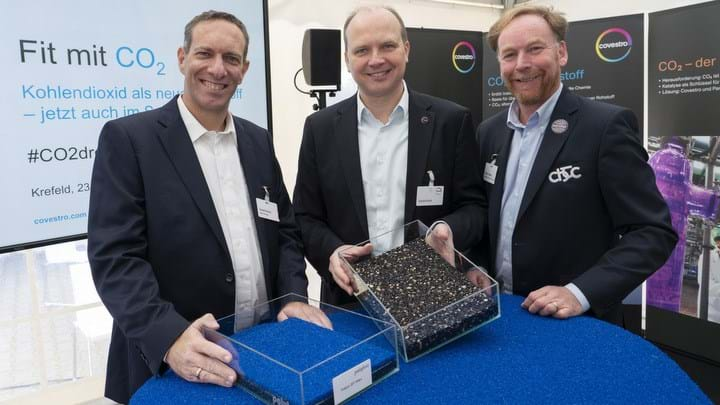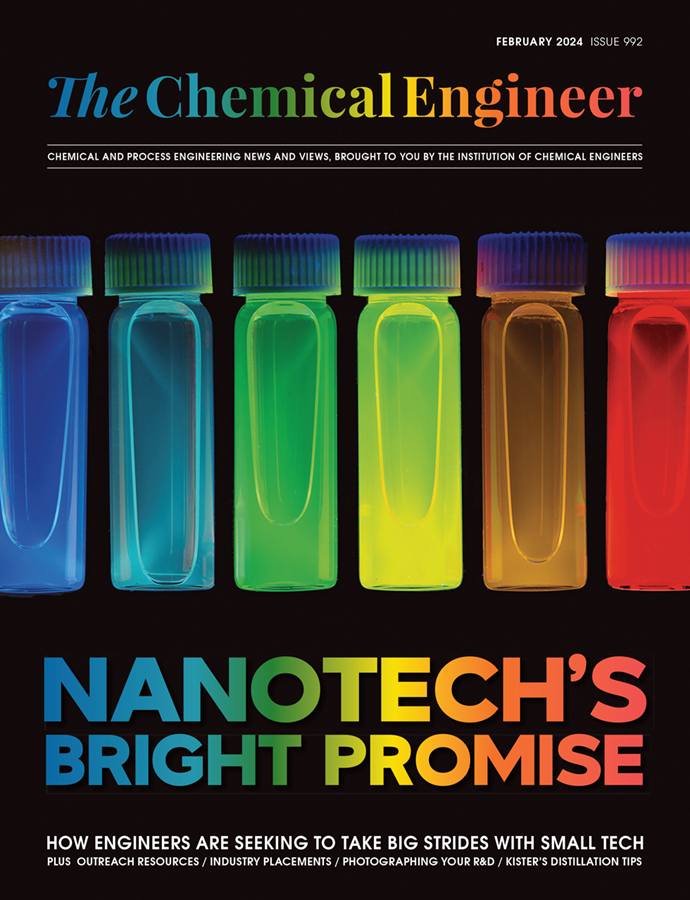The next step for CO2-based plastics

COVESTRO’s carbon dioxide-based polyols have been used to produce synthetic sports flooring. The world-first subfloor of this kind has now opened in a renowned hockey facility in Krefeld, Germany, and marks the next step in the use of CO2 for plastics production.
The environmentally-friendly technology enabling the use of CO2 as a raw material for production was developed by polymer company Covestro and its partners. It allows up to 20% of the fossil fuels required for the production to be replaced with carbon dioxide, to act as an alternative carbon source. The CO2 is used to produce a material called cardyon, a polyol. So far cardyon has been used to produce soft polyurethane for mattresses and upholstered furniture and is already on the market.
Covestro has now developed a CO2-based binder which has been used in sports subflooring. Polytan, an active sports flooring producer owned by Sports Group, was the first customer of the new CO2-based binder. It uses the material to produce elastic underfloor together with rubber granulate.
The subfloor has been installed at the Crefelder Hockey and Tennis Club (CHTC). The club maintains one of the leading hockey facilities in Germany which is repeatedly used as a venue for international matches, and championships. The subfloor was laid on a 99 × 59 m playing field and serves to cushion the effect of new artificial turf..
Markus Steilemann, CEO at Covestro, said: “The use of carbon dioxide as a new raw material is a promising approach for making production in the chemical and plastics industries more sustainable.
“This way, we use CO2 in a closed-loop process and save oil. On this basis, we want to offer a comprehensive product portfolio for as many areas of application as possible.”
The new CO2 polyols were developed at Covestro’s site in Dormagen, Germany. The carbon dioxide is provided by a neighbouring chemicals company which produces CO2 as a by-product.
Covestro began producing plastics with captured CO2 in 2016. In 2017, it started work to expand the process with regards to the volume it produced, the proportion of CO2 it uses, and the range of chemicals it could produce.
Recent Editions
Catch up on the latest news, views and jobs from The Chemical Engineer. Below are the four latest issues. View a wider selection of the archive from within the Magazine section of this site.




